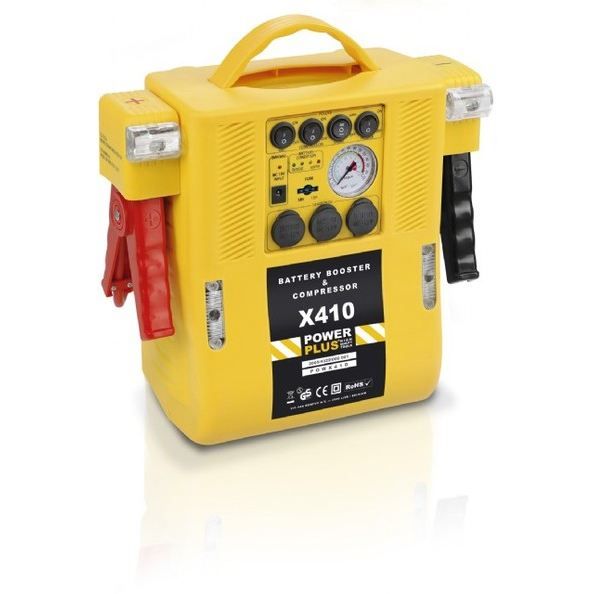

Additional equipment and accessories (additional components, tyre formats, etc.) can alter relevant vehicle parameters such as weight, rolling resistance and aerodynamics, affecting the vehicle's fuel consumption, power consumption, CO 2 emissions and driving performance values in addition to weather and traffic conditions and individual driving behavior.ĭue to more realistic testing conditions, fuel consumption and CO 2 emissions measured according to WLTP will in many cases be higher than the values measured according to NEDC. This information does not refer to a single vehicle and is not part of the offer but is only intended for comparison between different types of vehicles. 1 January 2022, the WLTP test cycle completely replaced the NEDC test cycle and therefore no NEDC values are available for new type approved vehicles after that date. The specified fuel consumption and emission data are determined in accordance with the measurement procedures prescribed by law. Thanks to quick charging technology, e-vehicles can be charged with up to 150 kW. To ensure the sustainable use of valuable resources, the charging station is also designed to be able to use old batteries from electric vehicles as energy accumulators in future.


If electricity generated from renewable sources is fed into the charging station and temporarily stored there, the station enables carbon-neutral mobility. This then eases the strain on the power grid, particularly at peak times. The built-in battery pack can store a buffer of energy meaning that it can be disconnected from the grid. When connected to the low voltage grid, the station becomes a permanent charging point without the additional cost and effort required for a comparable fixed quick charging station. With compact dimensions, the flexible quick charging station can be installed almost anywhere it’s needed or where a charging infrastructure is not yet in place. Introducing the flexible quick charging station The new company will be located in the Suzhou Wuzhong Economic & Technological Development Zone, near Shanghai, China.Īs previously announced, flexible quick charging stations will also be produced at the Hannover site in future. will ultimately each own 50% of the shares in the joint venture. The partnership for establishing a joint venture in China enables us to collaborate close on the technical aspects of the project to provide flexible, reliable and efficient solutions for the charging infrastructure,” remarked Yong Kang, CEO of Shanghai DU-POWER New Energy Technical Co., Ltd.įollowing the conclusion of the requisite approval process with authorities, including merger control, Volkswagen AG and Shanghai DU-POWER New Energy Technical Co., Ltd. As an ambitious high-tech company with a competent technical development core, we will work with Volkswagen to create a solid foundation to support the success of electric vehicles. “The electrification of the global automotive industry is a megatrend. The innovative design of our flexible quick charging station has huge potential in China, not least because of the rapid growth of electric mobility,” commented Thomas Schmall, CEO of Volkswagen Group Components. The planned joint venture with DU-POWER therefore represents a significant milestone as we continue to make progress along the path to electric mobility. “A comprehensive charging infrastructure is the key to the success of e-vehicles.


 0 kommentar(er)
0 kommentar(er)
